Diver Gideon Harris discovered the wreck of a Roman ship loaded with marble cargo under the Mediterranean Sea, off the northwestern coast of Israel.
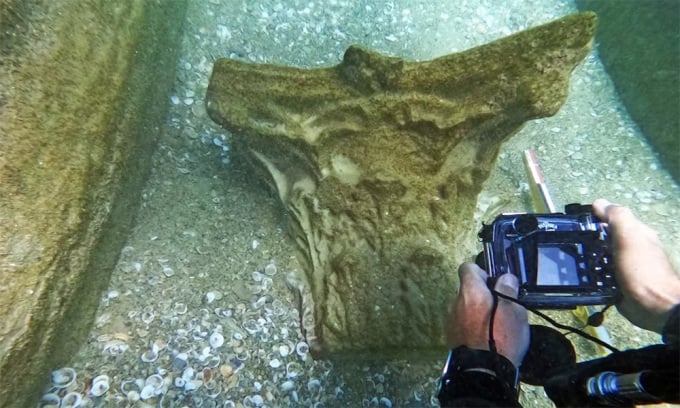
The shipwreck contained 40 tonnes of cargo, including marble column capitals. Photo: IAA
Harris found the wreck a few weeks ago and reported it to the Israel Antiquities Authority (IAA). While archaeologists knew about the existence of the ship, they did not know its exact location because it was buried in sand, Koby Sharvit, director of the IAA’s underwater archaeology unit, said on May 15. Recent storms likely exposed the wreck.
The Roman merchant ship was carrying 40 tons of marble, including capitals, Corinthian columns decorated with elaborate plant motifs and marble columns about 6 meters long. It is the oldest cargo ship wreck ever discovered in the Eastern Mediterranean.
Based on the size of the architectural elements, the team of archaeologists calculated the size of the merchant ship and determined that the ship could carry cargo weighing at least 181 tons, equivalent to the weight of about 30 adult male African elephants.
Judging by the location and angle of the wreck, experts believe it was caught in a storm in shallow waters and dropped anchor in a desperate attempt to avoid running aground. "Such storms often strike suddenly along the Israeli coast. And due to limited maneuverability, ships are often dragged into shallow waters and sink," Sharvit said.
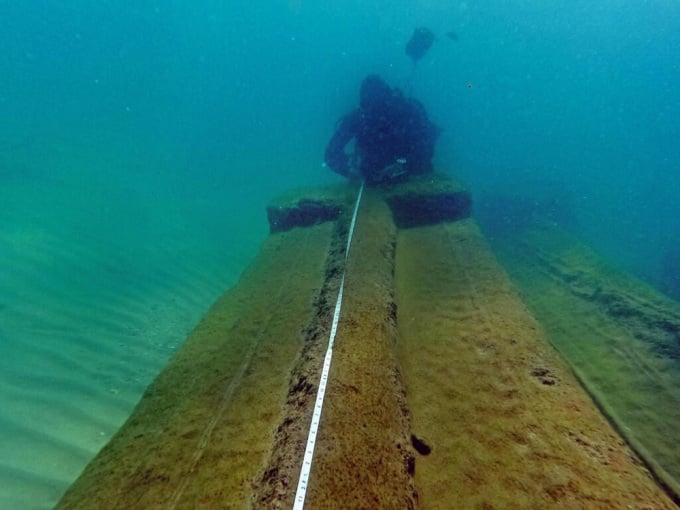
The rest of the cargo was transported on Roman merchant ships. Photo: IAA
Sharvit added that it was likely that the marble cargo originated in Türkiye or Greece and was headed south, possibly to Alexandria in Egypt.
For years, archaeologists have debated whether the ancient Romans imported fully manufactured architectural elements or only partially finished ones. The new findings help settle the debate by showing that the goods left the quarry sites as raw materials or as partially finished items. They were then finished at the construction sites by local artisans and craftsmen, or artisans from other countries.
The team of experts is not sure where the marble columns would have been installed, but it is likely that they would have been used to decorate a magnificent public building, such as a temple or a theater.
Thu Thao (According to Live Science )
Source link


![[Photo] Prime Minister Pham Minh Chinh meets with General Secretary and President of China Xi Jinping](https://vstatic.vietnam.vn/vietnam/resource/IMAGE/2025/4/14/893f1141468a49e29fb42607a670b174)

![[Photo] Tan Son Nhat Terminal T3 - key project completed ahead of schedule](https://vstatic.vietnam.vn/vietnam/resource/IMAGE/2025/4/15/85f0ae82199548e5a30d478733f4d783)
![[Photo] Reception to welcome General Secretary and President of China Xi Jinping](https://vstatic.vietnam.vn/vietnam/resource/IMAGE/2025/4/15/ef636fe84ae24df48dcc734ac3692867)

![[Photo] National Assembly Chairman Tran Thanh Man meets with General Secretary and President of China Xi Jinping](https://vstatic.vietnam.vn/vietnam/resource/IMAGE/2025/4/14/4e8fab54da744230b54598eff0070485)


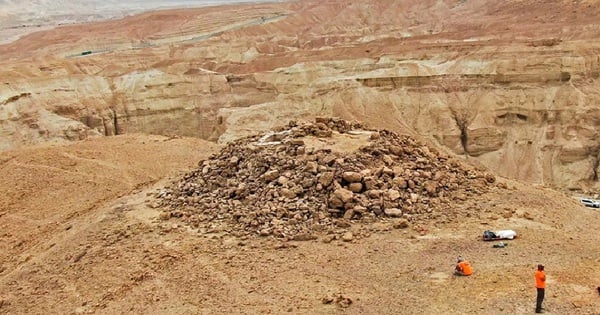

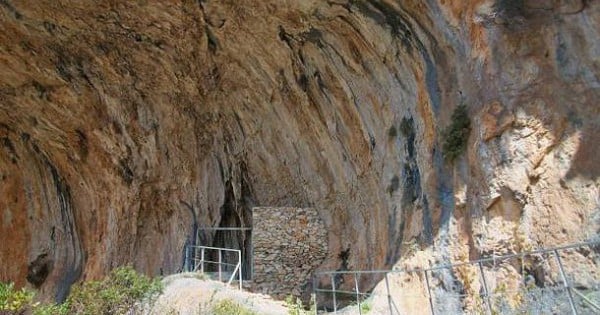








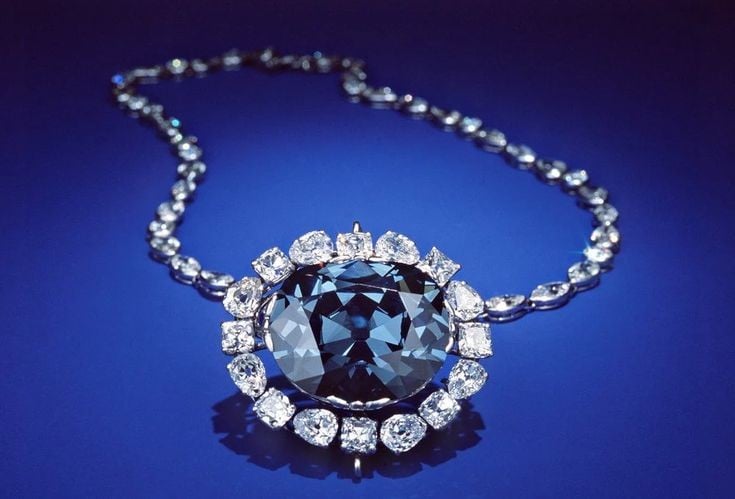














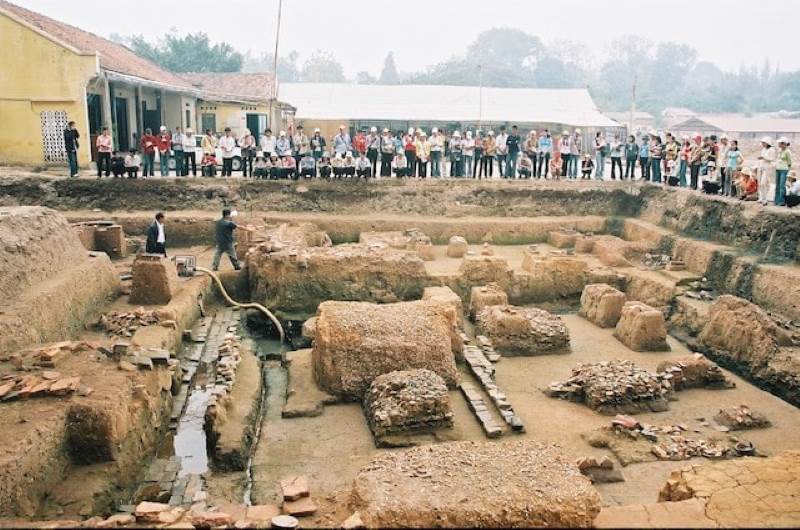


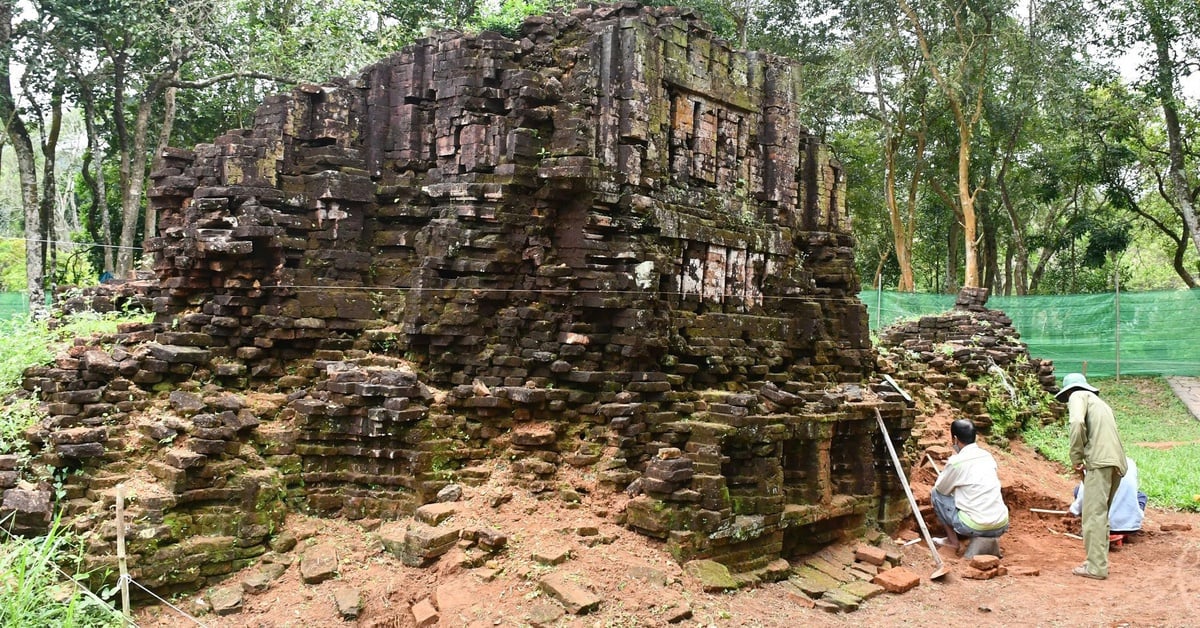














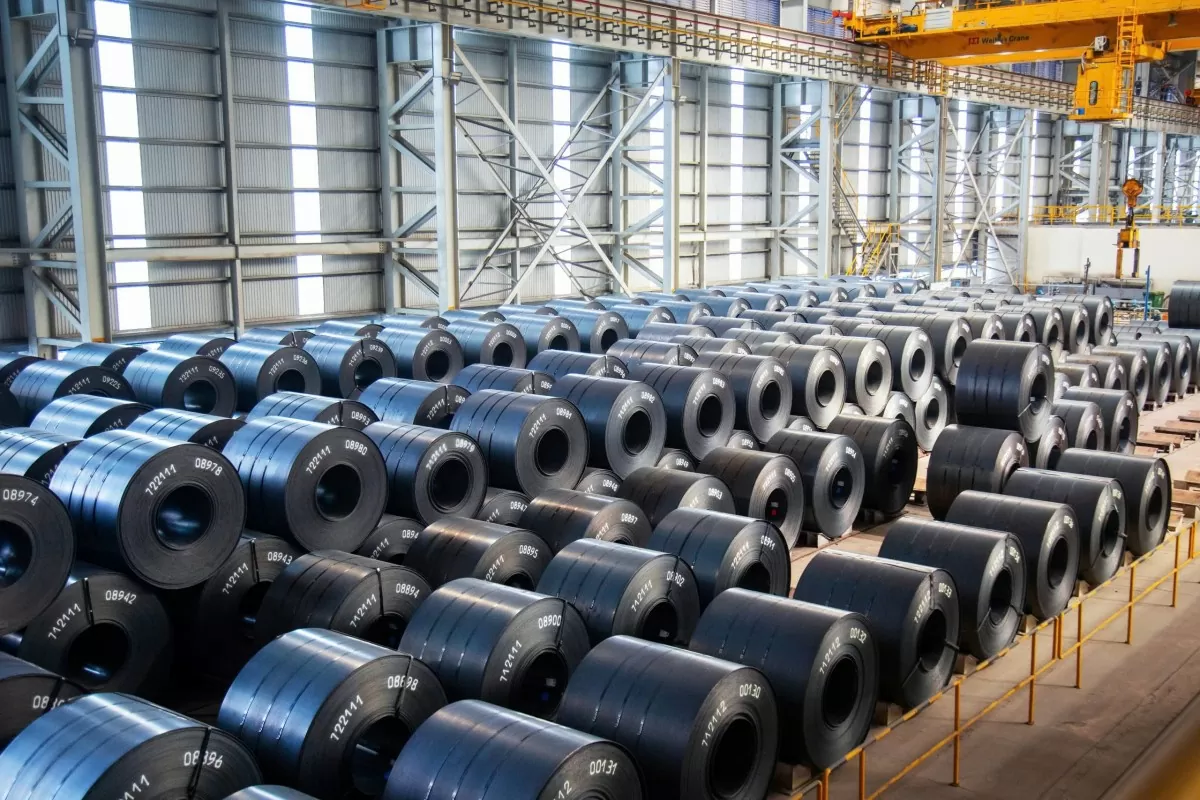










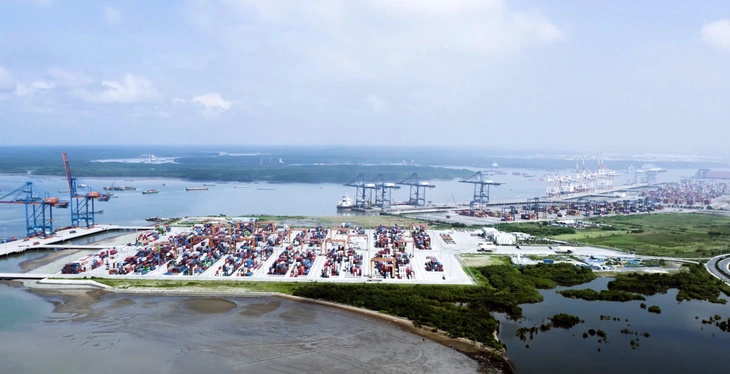















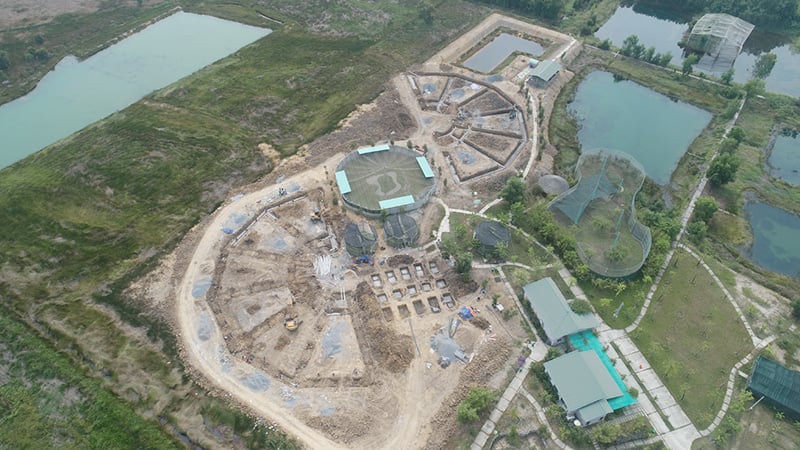













Comment (0)